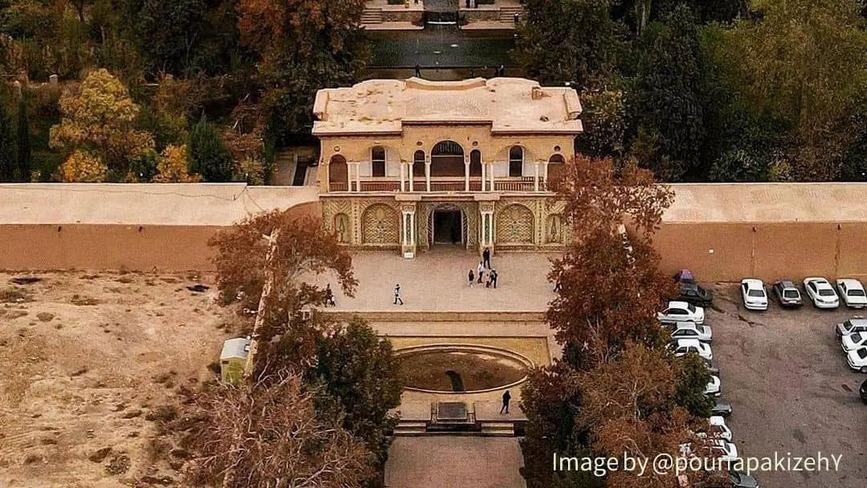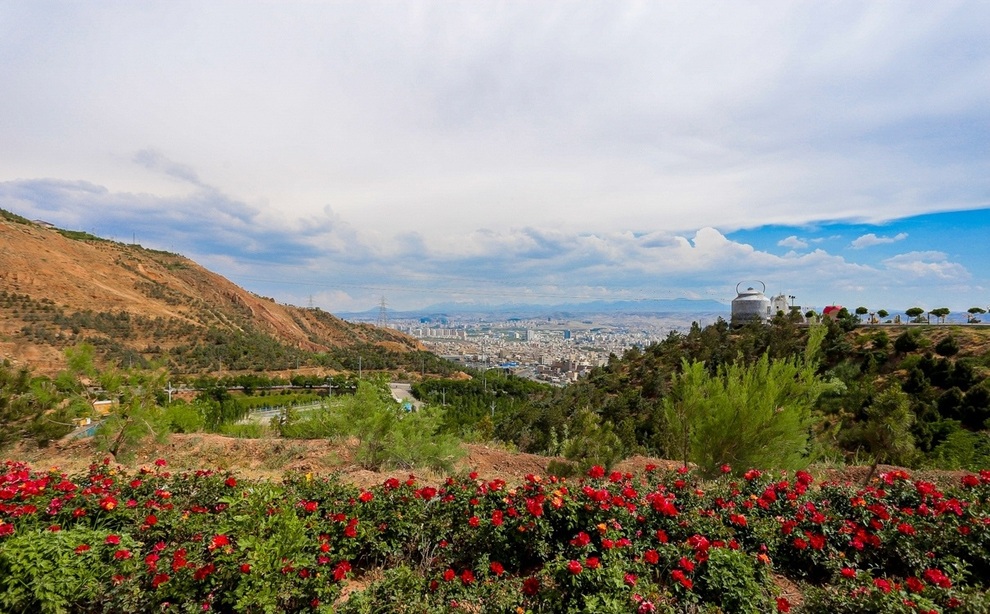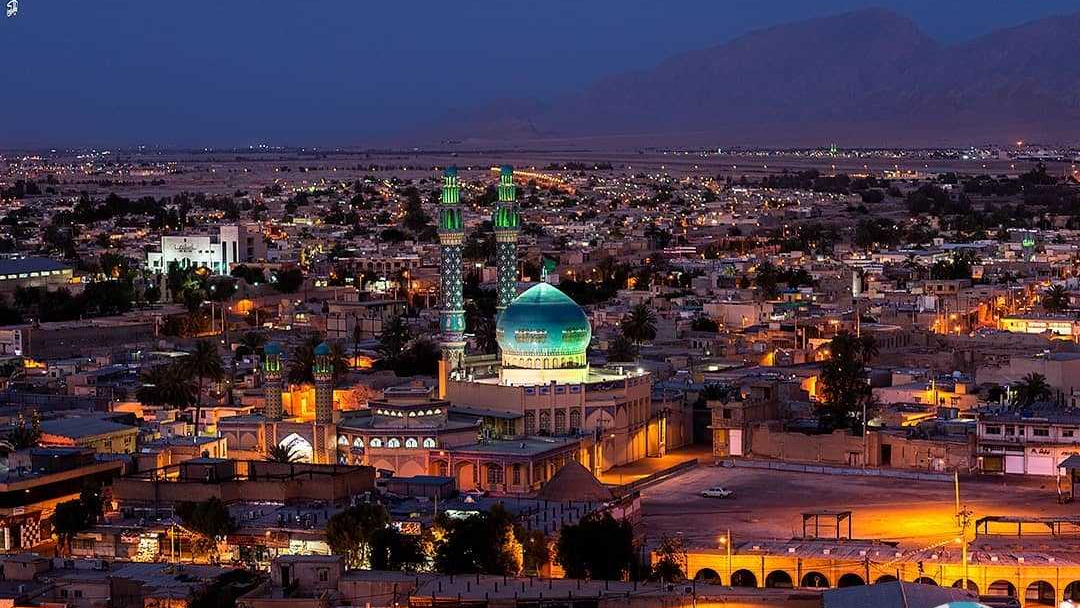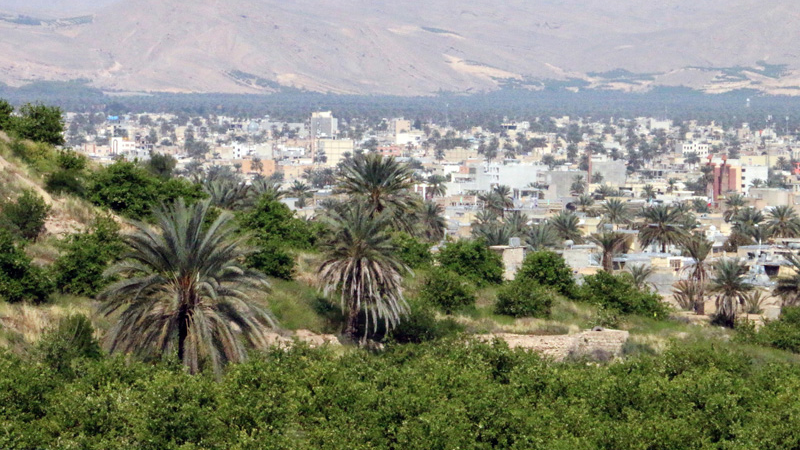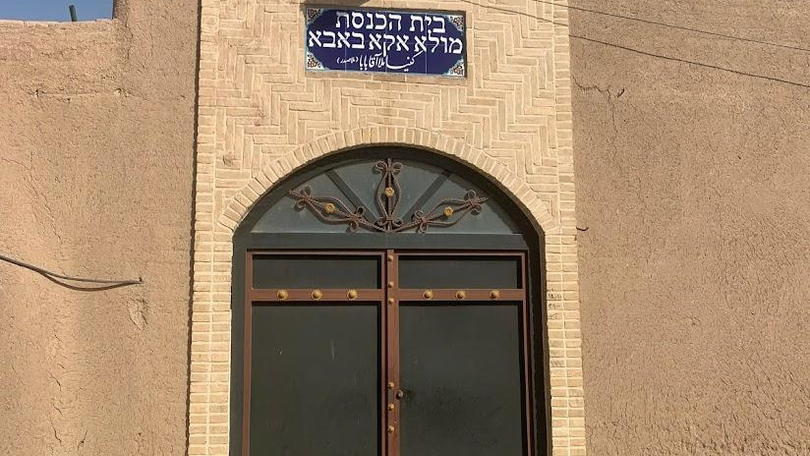
Rastgar House in Tabriz: A Building with a Rich and Eventful History
Old houses are the historical identity documents of every city. They narrate the history lived by their residents, each creating its own unique stories and accounts. In Tabriz, there are many historic houses, most of which have undergone changes in function and are no longer inhabited. The Rastgar House of Tabriz is one of these historic homes, dating back to about a century ago. From its early years, it served as an administrative and cultural center, and it continues to be used in this capacity today.
History of Rastgar HouseThe house is a three-story building with a total area of approximately 420 square meters and features three entrances. The western entrance opens onto Artesh Street, the northern entrance leads to an alley called "Haj Reza," and the southern entrance connects to Bagh-Shomal Street. From the northern entrance, a corridor flanked by rooms on both sides leads to the courtyard. The courtyard features stone plinths along its walls, and the windows of the rooms overlooking it are beautifully framed.
The ground floor features brick walls and intersecting arches. On the eastern side of this floor, several rooms overlook the street and are connected by a long corridor. The first floor also has a corridor that links the rooms together, and access to this level is provided via a staircase on the western side of the building. Two large rooms on this floor were historically used for meetings and gatherings. Previously, there was another residential structure within Rastgar House, which has since been integrated into the courtyard, leaving no visible trace of it today.
Considering that most of Tabriz’s winds come from the north, Rastgar House was designed in an L-shape, oriented to take full advantage of natural breezes and airflow, allowing for effective passive ventilation. Although the house is relatively modern compared to many historical houses in Iran, its design incorporates both summer and winter living spaces, ensuring maximum comfort while minimizing the energy required for heating and cooling.
History of Rastgar House
The construction of the historic Rastgar House dates back to the Pahlavi I era (early 20th century). After its completion, the house was purchased by two brothers who were prominent politicians of the time. Due to its design and layout, the building was later used as an administrative and educational center. During the Pahlavi I period, it served as the “Nezam High School” and subsequently as a government health center. Later, the house was acquired by an individual with the surname “Rastgar,” and it has been known by this name ever since.
Currently, the building houses the Shahriar Research Foundation, which is affiliated with the Academy of Persian Language and Literature. The foundation is named after Seyyed Mohammad Hossein Behjat Tabrizi, the renowned contemporary Iranian poet known as Shahriar. He was born on the first day of 1907 (1285 AH) in Tabriz and passed away in 1988 (1367 AH). Shahriar left his medical studies unfinished in the final stages. During his lifetime, he composed poetry in both Persian and Azerbaijani Turkish. His epic poem, “Heydar Babaya Salam,” is one of his most famous works and continues to hold great cultural significance in Azerbaijan. In honor of this celebrated poet, the day of his death is officially recognized in Iran as Persian Poetry and Literature Day.
The foundation primarily focuses on honoring prominent figures in the humanities. Other activities include organizing book review sessions and publishing books on topics such as Azerbaijan’s history and poetry.
National Registration of Rastgar House
This historic house was officially registered on the National Heritage List of Iran in 1999 (1378 AH).
| Name | Rastgar House in Tabriz: A Building with a Rich and Eventful History |
| Country | Iran |
| State | East Azerbaijan |
| City | Tabriz |
| Type | Historical |
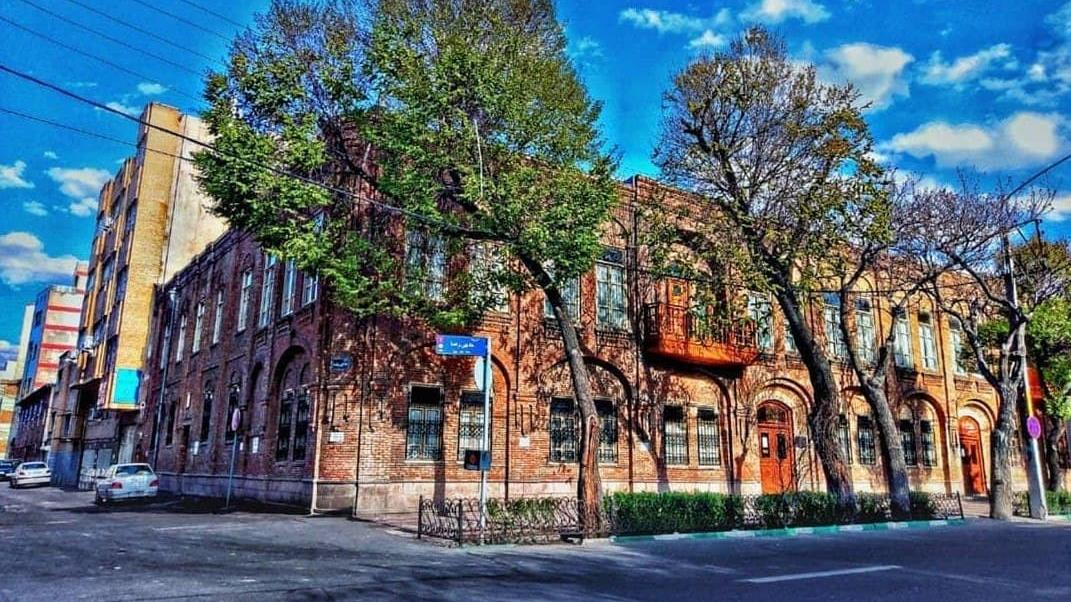
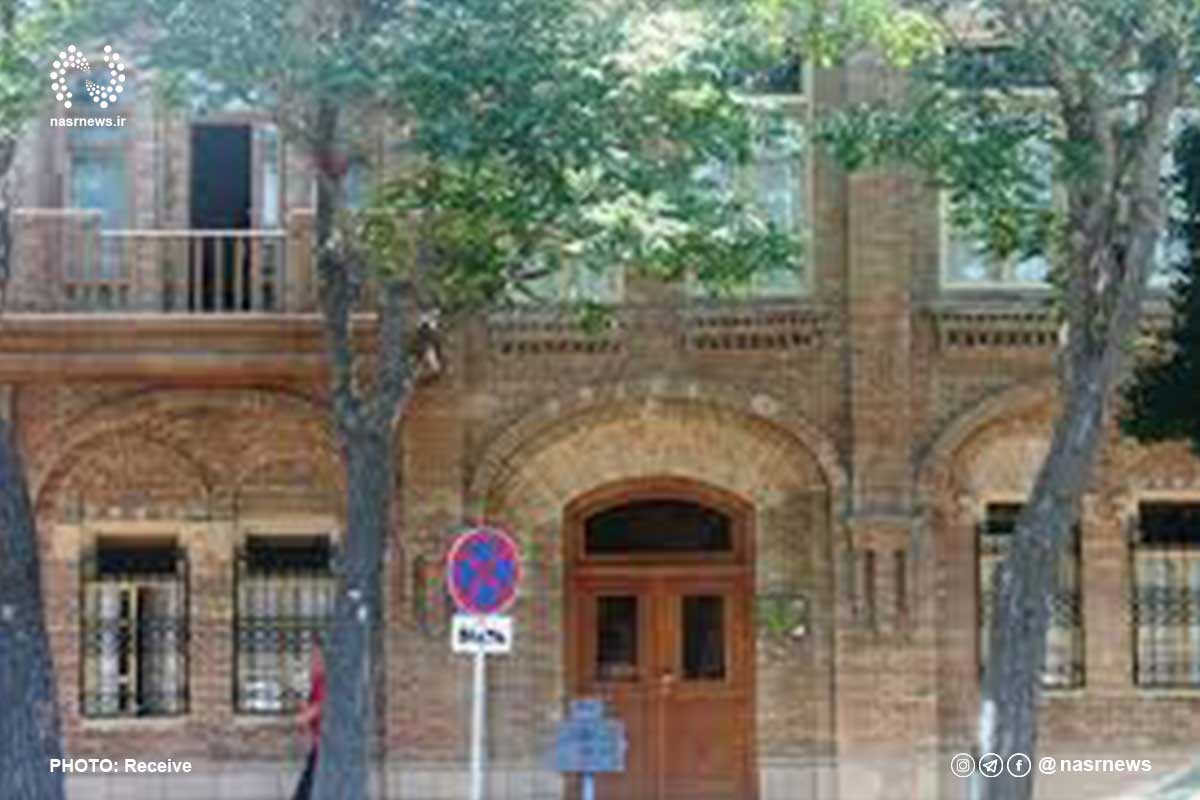






Choose blindless
Red blindless Green blindless Blue blindless Red hard to see Green hard to see Blue hard to see Monochrome Special MonochromeFont size change:
Change word spacing:
Change line height:
Change mouse type:
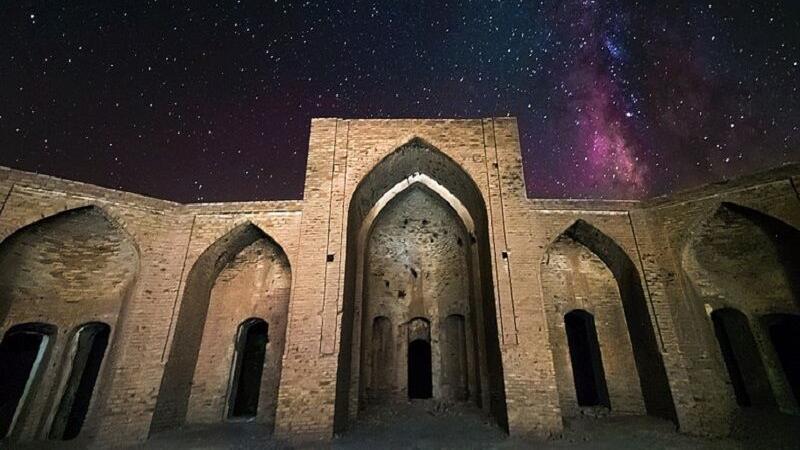

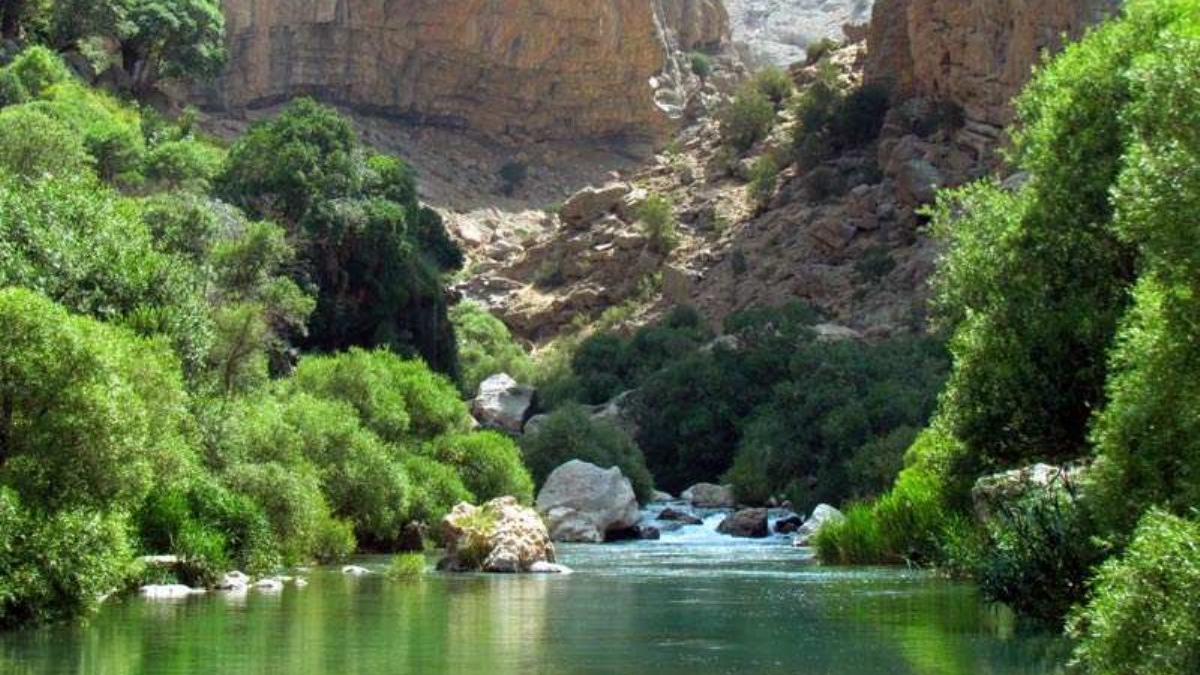

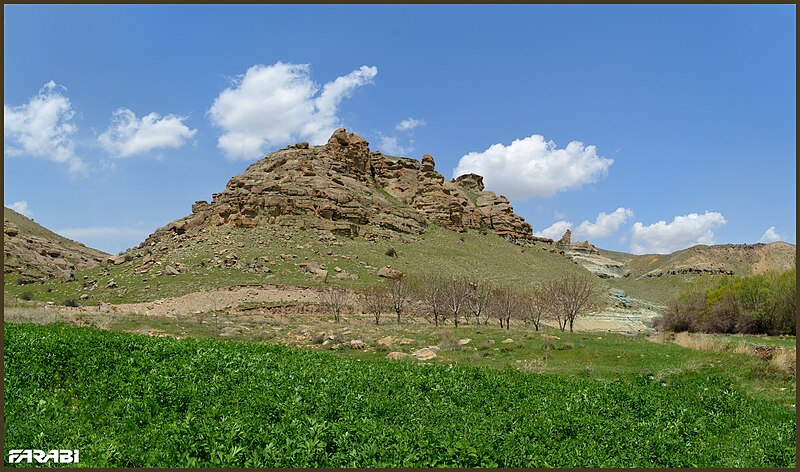
 در تخت جمشید_crop_2.jpg)

